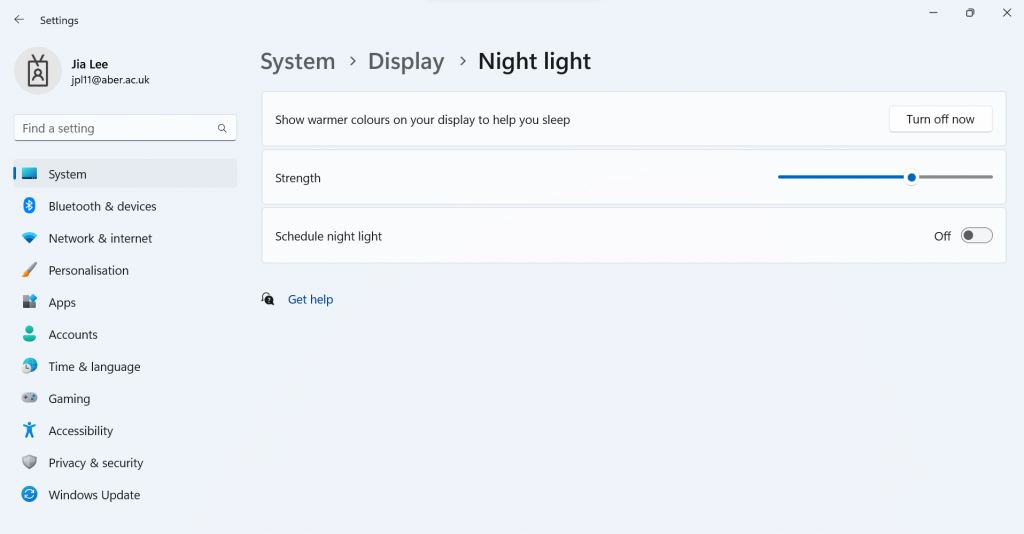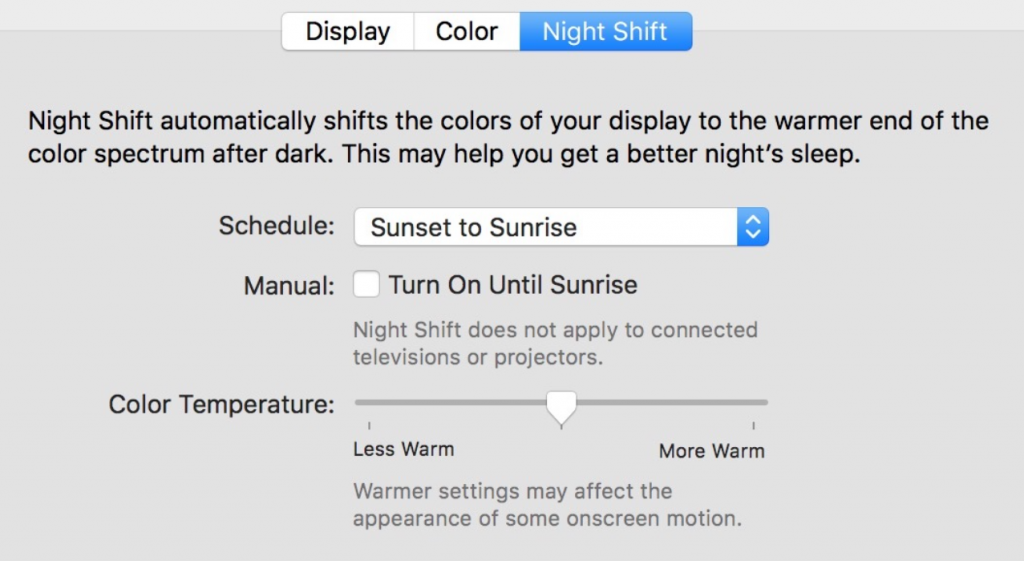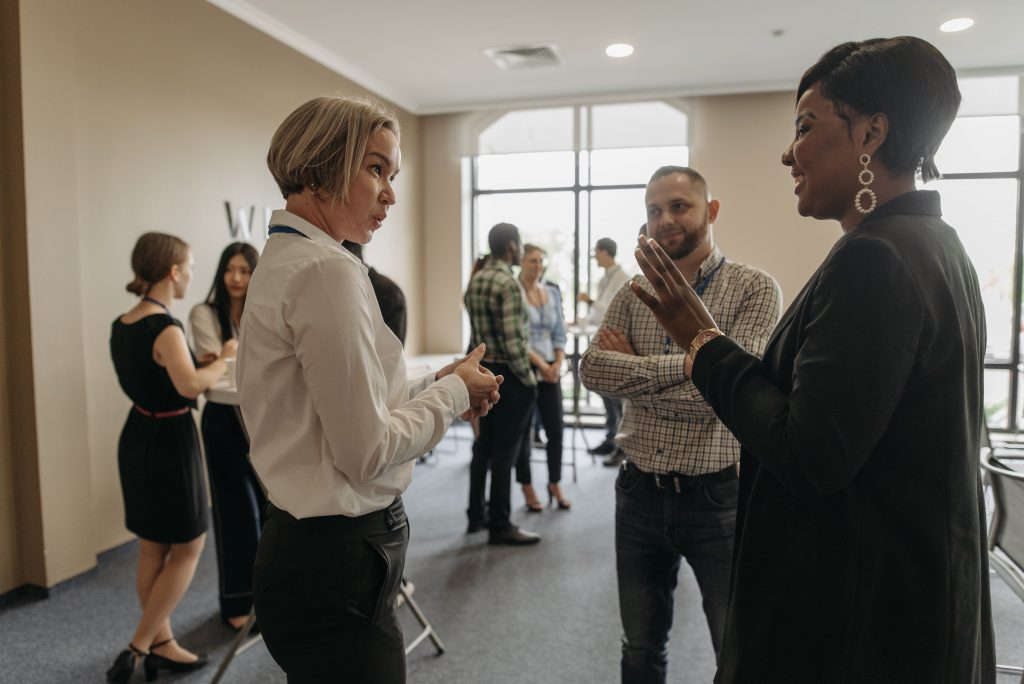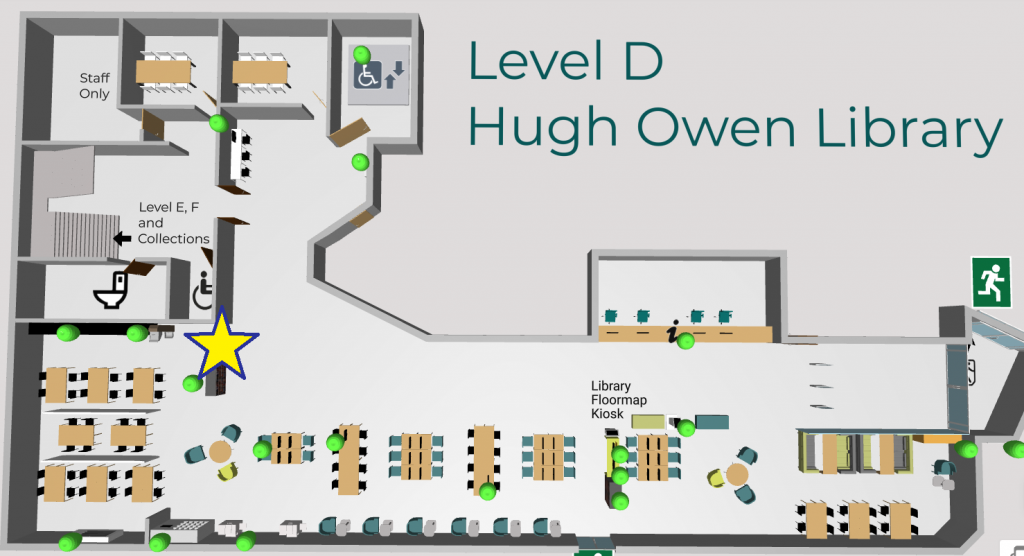
Have you struggled to write in Welsh on your computer? Used shortcuts or symbols to insert a circumflex and accents for Welsh letters? Struggle no more!
Free on all AU computers from the Company Portal you can now download the To Bach software. For personal computers, To Bach is available to download for free!
Once downloaded, to insert letters with a circumflex all you have to do is select “Alt Gr” and your respective vowel (e.g., â ê î ô û ŵ ŷ).
| Key Stroke | Symbol |
|---|---|
| Alt Gr + a | â |
| Alt Gr + e | ê |
| Alt Gr + o | ô |
| Alt Gr + i | î |
| Alt Gr + y | ŷ |
| Alt Gr + w | ŵ |
| Alt Gr + u | û |
For further information visit the FAQ here.
To follow our DigiTips, subscribe to our Digital Skills Blog. Or alternatively, you can bookmark this webpage, where a new DigiTip will be added each week!











